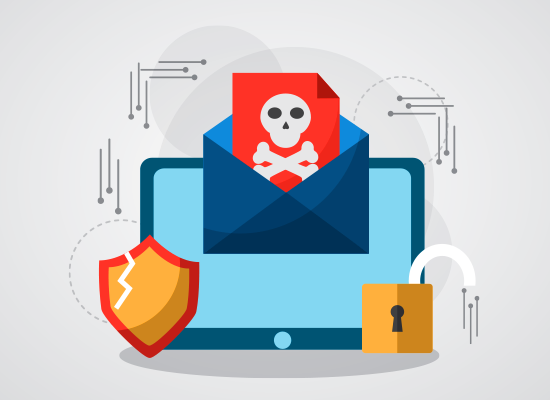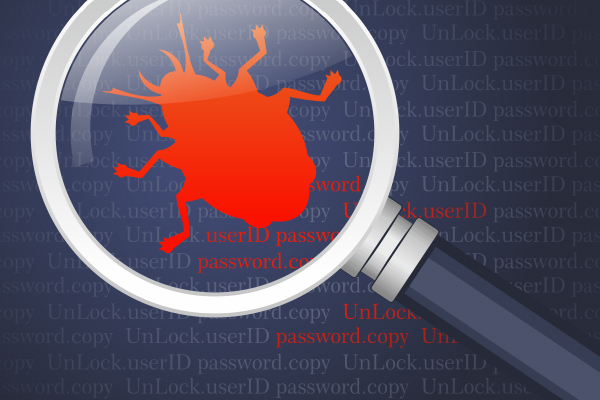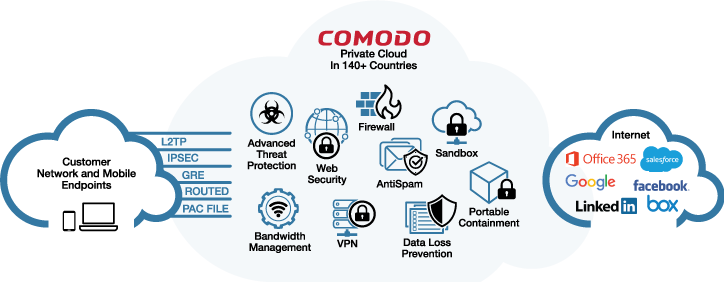How Does Ransomware Get On Your Computer?
Updated on October 21, 2022, by Xcitium
How Does Ransomware Get On Your Computer, ransomware is a type of malware that encrypts a victim’s computer, or the personal data stored in it, rendering the ransomware attacks computer inaccessible to the victim ransomware attacks. It is a relatively new and dangerous threat to your data and business ransomware attacks.
 Cybercriminals utilize ransomware to infect a computer and hold the user hostage by encrypting all information ransomware attacks. Ransomware can get on your computer in multiple ways ransomware attacks the computer. These include the exploitation of security vulnerabilities and social engineering techniques for ransomware attacks.
Cybercriminals utilize ransomware to infect a computer and hold the user hostage by encrypting all information ransomware attacks. Ransomware can get on your computer in multiple ways ransomware attacks the computer. These include the exploitation of security vulnerabilities and social engineering techniques for ransomware attacks.
How Do You Get Infected by Ransomware? And Infiltrates Your Computer?
Ransomware uses multiple strategies to infiltrate and gain unauthorized access to your computer. Security vulnerabilities in your software applications provide an easy route for ransomware.
Most ransomware programs exploit vulnerabilities in software packages such as Adobe Flash Player and Microsoft Silverlight. Apart from that, ransomware also exploits vulnerabilities in many other applications.
If you are an enterprise user, ransomware can infiltrate your computer through the lack of adherence to compliance rules set by your organization. For example, hackers can easily exploit the auto-run option of USB drives to execute ransomware, if your organization does not block it.
Another common strategy used by ransomware to infiltrate a computer is by email. Through phishing attacks, hackers send seemingly legitimate ransomware-infected files to the user as email attachments. A hidden executable installs and runs the ransomware once the user opens/executes such email attachments.
How malware can infect your PC and Infection Mechanism
Once inside the victim’s computer, the ransomware targets the backup files and deletes them to prevent the victim from restoring data from the backup.
Once it removes the backups, the ransomware will perform a secure key exchange with its control server and begin encrypting the victim’s files or the entire system.
After removing the backup files and successfully encrypting the victim’s files, the ransomware will then display the instructions for payment on the victim’s computer screen. In most cases, the victims were given a few days to pay after which the ransom increases.
How To Recognize To Recover Your Files If Ransomware Attacks
It is advisable not to pay ransom for two major reasons. Firstly, there is no way to stop the attackers from ransomware attacks computer demanding more money from you ransomware attacks. Secondly, if you pay the ransom, you are encouraging those attackers ransomware attacks. It could lead to further ransomware attacks as well as other types of attacks in the future ransomware attacks.
Rather than paying, it is better to learn the lesson. Make sure to back up your files regularly so that you can recover your ransomware attacks computer files at times of ransomware attacks. Also, make sure to get better protection for your computer by installing good antivirus software such as Xcitium Antivirus ransomware attacks.
As always, prevention is better than cure ransomware attacks. If you’ve got ransomware attacks computer a good security solution and run frequent backups, you shouldn’t have any issues ransomware attacks.
In the case of organizations, Xcitium Advanced Endpoint Protection (AEP) is the ideal solution. With a built-in Containment Engine and a ransomware attacks computer ‘Default Deny’ platform, Xcitium AEP ransomware attacks provides complete protection against any malware threat ransomware attacks including ransomware.
For more details about Xcitium Advanced Endpoint Protection, contact us at +1 888-256-2608.
Related Resources
Discover Malware For Free
Computer Virus Ransomware
How Does Malware Infect Your Computer



